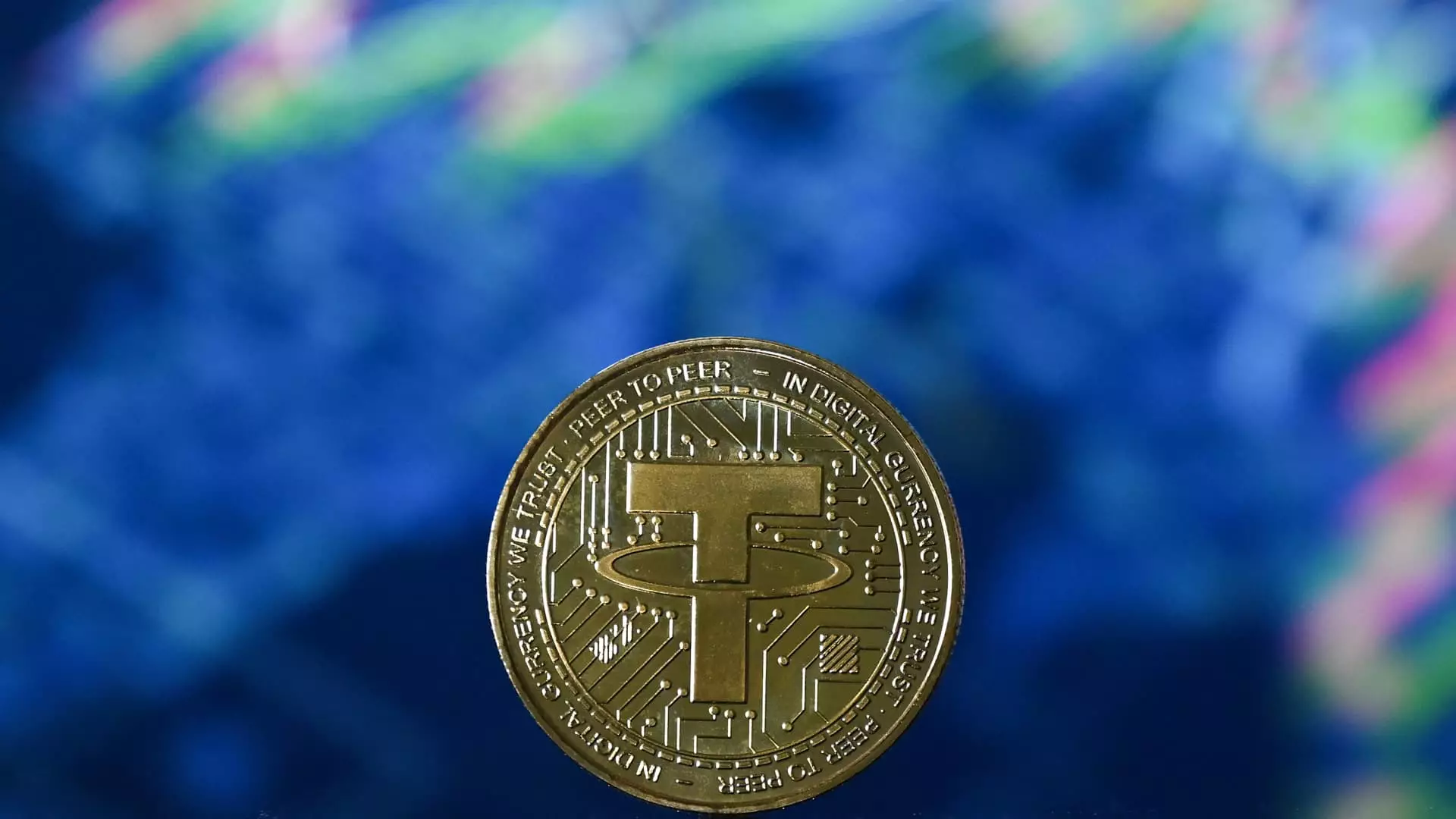The Securities and Exchange Commission (SEC) has made waves with its recent statement regarding stablecoins, specifically the category they refer to as “covered stablecoins.” This seems like a simple regulatory clarification, but it marks a critical juncture for the crypto world. The SEC’s definition clarifies that these stablecoins—which peg their value to the U.S. dollar and maintain a reserve of low-risk assets—do not qualify as securities. This is not just regulatory jargon; it represents a fundamental shift in how the U.S. government could approach crypto legislation moving forward.
The Implications for Future Legislation
With Congress buzzing about potential stablecoin regulations, the SEC’s statement comes at a crucial moment. The agency has essentially given a green light for the development of stablecoins, but with caveats that restrict issuers from providing interest to consumers. This critical decision opens the door for lawmakers like President Trump, who is eager to push through legislation before the August recess. If the right framework is established, America could lead in crypto innovation, especially as we see an increasing emphasis on stablecoins as the “killer app” for the industry.
However, the SEC’s stringent stance against yield-bearing features introduces a layer of complexity. As Coinbase CEO Brian Armstrong points out, consumers are at a disadvantage if they cannot earn interest. The SEC appears to favor stability over market viability, which raises questions about their understanding of a rapidly evolving financial landscape. The potential dichotomy between innovation and regulation is a crucial balancing act that Congress will have to navigate.
Competitive Landscape: STABLE vs. GENIUS
Currently, two competing pieces of legislation vie for the spotlight: the Stablecoin Transparency and Accountability for a Better Ledger Economy Act (STABLE) and the Guiding and Establishing National Innovation for U.S. Stablecoins Act (GENIUS). Both highlight the urgency and significance of stablecoins but approach them from different angles. STABLE emphasizes transparency, while GENIUS aims to establish a framework for innovation.
The contrasting focuses in these proposals could either lead to a productive compromise or a chaotic showdown that stalls progress. It’s a microcosm of broader political challenges in the U.S., where bipartisan support is essential for any meaningful legislation. The stakes are high—since the adoption of stablecoins could reverberate through the economy, shaping payment methods, investment opportunities, and even monetary policy.
The Growing Market and Its Challenges
Despite regulatory uncertainty, the stablecoin market is booming, having grown by 47% in the past year alone. Tether and USD Coin are emerging as dominant players, but the rise of yield-bearing stablecoins is also significant. With a market cap surpassing $13 billion, the demand for higher returns is palpable among consumers, and it’s becoming challenging to ignore.
This juxtaposition presents a dilemma. The SEC’s position could stifle innovation in a sector where consumers are clearly signaling a desire for yield. Yield-bearing stablecoins are flourishing, suggesting that while the SEC may aim to protect investors, they might also inadvertently push the market toward unregulated spaces. The consequences could be far-reaching, leading to a more decentralized and chaotic financial landscape that Congress is desperately trying to avoid.
The SEC’s Potential Blind Spot
One can’t help but question whether the SEC is prepared for the rapid evolution of the crypto space. While their cautious approach prioritizes consumer safety, it also risks rendering the U.S. regulatory environment ineffectual. By not allowing interest-bearing functionalities, they might alienate innovative companies that are looking to use stablecoins as a launchpad for more exciting financial products.
Wouldn’t it be ironic if, in an effort to regulate, the SEC inadvertently led the U.S. into a competitive disadvantage against countries with more progressive crypto laws? This is worth contemplating, especially given the global nature of finance today. If regulatory clarity in the U.S. does not keep pace with demand for innovation, we could see an exodus of talent and investment to more favorable jurisdictions.
In this high-stakes poker game of policy-making, it is evident that the SEC’s recent announcement is both a warning and an opportunity. The road ahead remains uncertain, but one thing is clear: the choices made in the coming months will shape the future of stablecoins and the cryptocurrency ecosystem at large.

